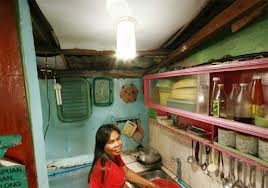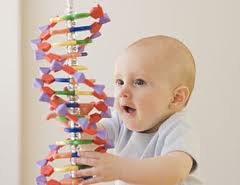Many years ago when I was just a teenager, I came across an interesting machine. It was supposed to tone your muscles while you sit on the sofa eating crisps and drinking tea, by using electric current. Easy to use, just plug the leads into the box, attach the pads to the skin using elasticated bands, and pass the current through your leg muscles. You feel a little twitch, the muscle flinches maybe and somehow is exercised.
Well I of course didn’t need to lose weight or build up my muscles, I weighed 68 kilos, but I had the very thought that any teenage adventurer home scientist idiot would have, “I wonder what it does if you stick it on your head?”
Unfortunately my experiments were soon discovered and the offending article was removed (the machine, not my brain or sense of experimentation) which is a shame, because if not I would today be considered a pioneer, the father figure of the growing DIY brain stimulation movement.
I do not want to suggest that anyone should try it at home, but the movement for self brain stimulation is on a roll. I won’t include any links but you can discover how to build your own stimulator and where to place it either using text, photos or videos easily and freely available online. The small army of practitioners are conducting experiments upon their own brains, circulating their findings and claim real results.
Although these results are anecdotal (not totally “scientific”) users claim that their capacities for mathematics have improved, problems of depression have been lightened, memory is better and that chronic pain can be relieved.
This week the Journal Science News carries an article about the movement, and a couple of months ago WIRED also addressed the problem, and I would like to raise a few issues to add to their arguments.
We might think that it may not be a good idea to conduct such experiments upon ourselves without any expert help, but the people who have had their lives improved through these actions would not agree. Experimentation in this field goes back many years, far longer than you would imagine (in the 11th Century experiments included using electric catfish and other charge generating fish were proposed to treat patients, rays placed on people’s heads etc), and many of the practitioners today are doctors. There is even a commercially available set up that is marketed to gamers, as one finding suggests that the use improves their playing capacity.
This field in some way reflects the path of home treatment using non prescribed drugs in cases of cancer. Many groups exist that experimentally treat themselves with medication that has either not been approved, trialled correctly or is not commercially available for other reasons. If these trials are reported correctly the information they produce becomes important data, and we tend to find that people report extremely well when they are talking about their own bodies and choose their own treatment. And trials of this type may not be possible (or wanted) under the control of drugs companies or research organizations.
So there are obvious ethical issues to take into account, including issues of trust, reliability, risk, responsibility, legal implications and the list goes on, but people will always experiment. According to Doctor Who that is why the human race is what it is, why it is so wonderful.
Once again I find myself thinking about the enhancement problem and its series of fine lines, ideas of the democratization of medicine flow in, and we must not forget how much science is done in this way and how much good comes out of ad-hoc garage experimentation. Do you know what Benjamin Franklin did with a kite and a key in a lightening storm?



